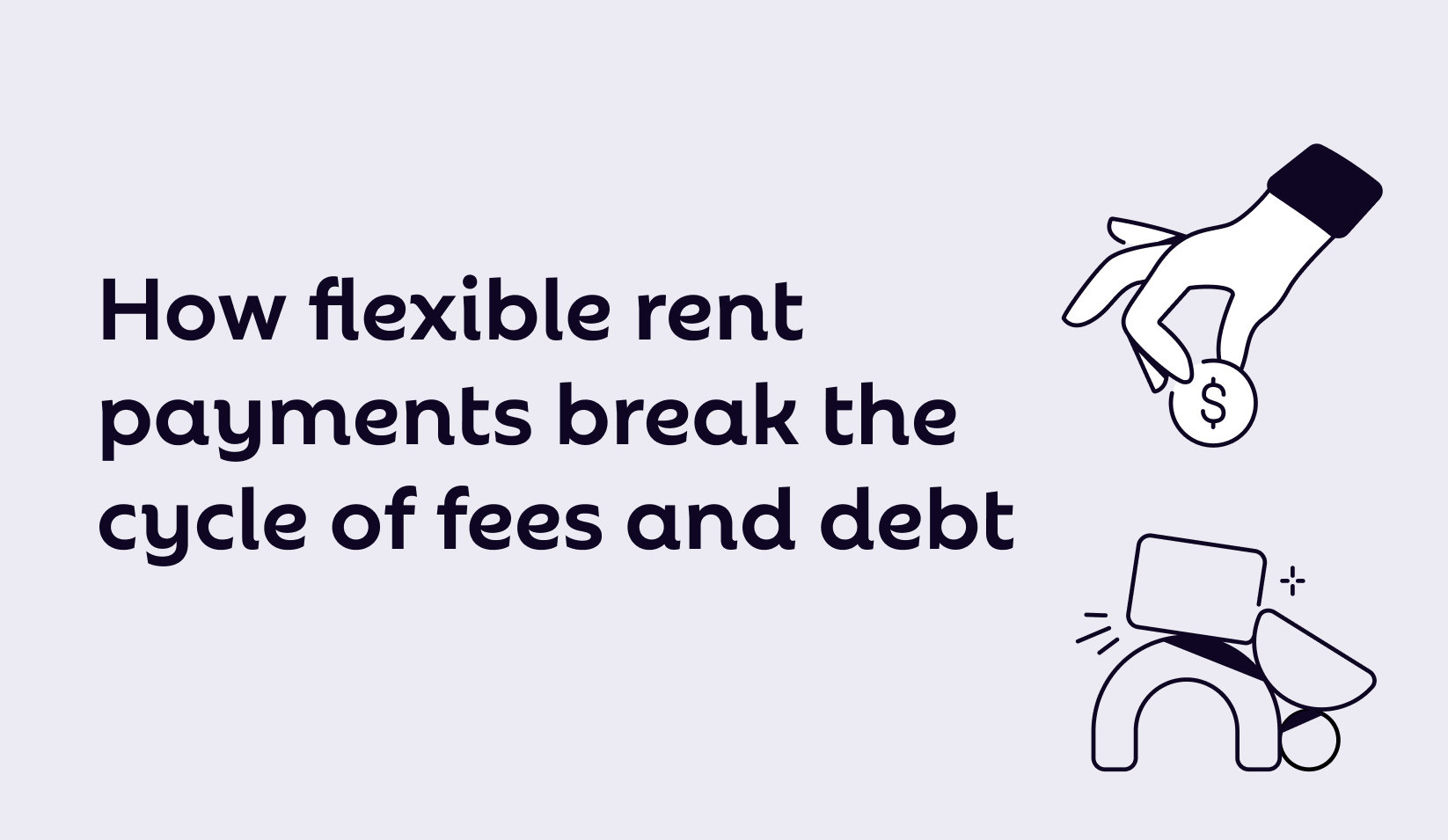Introduction
For millions of renters, paying rent in full on the first of the month isn’t just difficult—it’s financially disruptive. Many Americans get paid biweekly, weekly, or on irregular schedules, making it nearly impossible to align their biggest expense with their actual cash flow.
The result? Late fees, overdraft charges, and growing debt—all of which make it even harder to keep up with rent in the future. This cycle traps renters in financial instability instead of helping them build security.
But what if rent payments could work differently?
This post explores:
✅ How rigid rent deadlines create financial hardship
✅ The benefits of flexible rent payments
✅ How aligning rent with paychecks helps renters avoid penalties
✅ Why property managers also benefit from flexibility
Why Traditional Rent Payment Schedules Don’t Work for Many Renters
The current rent system was designed for a time when most workers got paid once a month—but that’s no longer the case.
📆 Over 50% of renters are paid biweekly or weekly, making it difficult to accumulate the full rent amount by the first of the month.
🏠 More than 23% of renters are severely rent-burdened, spending over half of their income on housing.
💳 $186 billion was paid in late fees on credit cards and bills in 2023—often by renters forced to use credit to cover shortfalls.
When rent is due before a renter has enough money in their account, they’re forced into impossible choices:
❌ Pay late and incur fees.
❌ Overdraw their bank account and get hit with a $35 overdraft fee.
❌ Charge rent to a credit card and take on high-interest debt.
Instead of helping renters stay current, the system punishes short-term financial gaps with long-term consequences.
💡 Imagine This: A Common Struggle for Renters
To see how this plays out in real life, let’s look at an all-too-common scenario.
💵 Imagine a server in Dallas who earns her income through weekly tips and wages. She works hard, but her income fluctuates, and she doesn’t always have enough saved up by the first of the month to cover her full rent payment.
Her options?
❌ Wait until her next paycheck and get hit with a $150 late rent fee
❌ Use a payday loan with a 300% APR
❌ Put rent on a credit card and risk late fees on other bills
🚨 She ends up paying an extra $200+ in fees—all because her income schedule doesn’t align with her rent due date.
She dreads the first of the month, knowing she’ll have to make an impossible choice. The stress of juggling bills keeps her up at night, and each month, she falls further behind.
This isn’t just her story—it’s a reality for millions of renters across the country.
How Flexible Rent Payments Solve This Problem
If the problem is misaligned rent deadlines, the solution is simple: Let renters pay on a schedule that works for them.
💡 Flexible rent payments allow tenants to split their rent into smaller, more manageable payments that match their income.
How It Helps Renters:
✅ Avoid late fees by paying rent in increments that fit their cash flow.
✅ Reduce overdraft charges by preventing large, lump-sum withdrawals.
✅ Prevent eviction risks by making rent payments more predictable.
✅ Support credit-building if payments are reported to credit bureaus.
Instead of forcing renters into an all-or-nothing deadline, flexible rent payments let them stay on track without unnecessary penalties.
How Property Managers Benefit from Flexible Rent Payments
Flexible rent payments aren’t just good for renters—they’re also a win for landlords and property managers.
🏠 More on-time payments – When renters can pay in smaller installments, they’re less likely to fall behind.
📉 Lower eviction rates – Fewer missed payments mean fewer costly evictions and lower turnover.
💰 More predictable cash flow – Property managers get steady, scheduled payments rather than dealing with unpredictable delinquencies.
Evictions are costly for landlords too—between legal fees, lost rent, and turnover costs, a single eviction can cost thousands.
One property management study found that landlords offering flexible rent options saw:
✔ 20% fewer missed payments
✔ Higher tenant satisfaction and retention
By making rent more manageable for tenants, property managers can reduce financial risk and keep occupancy rates high.
Final Thoughts: A Smarter Way to Pay Rent
The traditional rent system isn’t designed for today’s workers, and it’s forcing millions of renters into unnecessary financial hardship.
By adopting flexible rent payments, we can:
✅ Reduce late fees and overdraft penalties
✅ Prevent eviction and housing insecurity
✅ Create a better system for both renters and landlords
It’s time for a modern rent payment solution that works with people—not against them.
📄 Get the Full Report
For a deeper dive into how flexible rent payments improve financial stability, check out our full white paper:
📄 Breaking the Fee Cycle: How Flexible Rent Payments Improve Financial Stability and Housing Security
📩 Sign up here 👉 https://getflex.com/newsletter to get updates from Flex—straight to your inbox!



